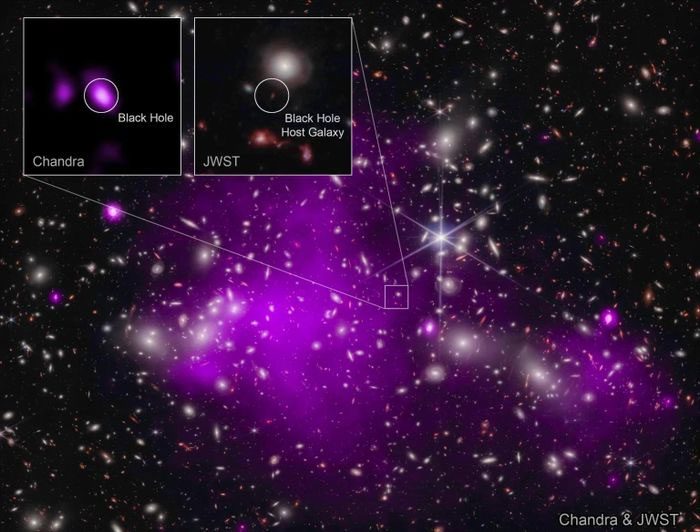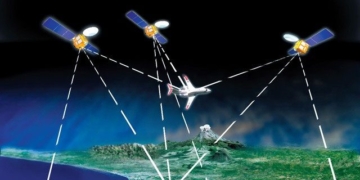World astronomers have discovered the farthest black hole ever through X-rays and telescopes.

NASA discovers the farthest black hole ever. (Photo: nasa.gov).
In an announcement on January 6, the National Aeronautics and Space Administration (NASA) stated that the black hole is in its early developmental stage—a phenomenon never before witnessed. At this time, the mass of the black hole is equivalent to that of its host galaxy. By combining data from the Chandra X-ray Observatory and the James Webb Space Telescope, scientists have detected evidence of a developing black hole just 470 million years after the Big Bang (a prominent cosmological model describing the early stages of the universe’s formation).
According to NASA, this result could explain how some of the first supermassive black holes in the universe formed. The research team discovered the aforementioned black hole in the UHZ1 galaxy, aligned with the Abell 2744 galaxy cluster, located 3.5 billion light-years from Earth.
Additionally, data collected by the James Webb Telescope indicates that the UHZ1 galaxy is situated much farther away than the Abell 2744 cluster, at a distance of 13.2 billion light-years, during a time when the universe was only 3% of its current age. In physical cosmology, the age of the universe refers to the time elapsed since the Big Bang.


















































